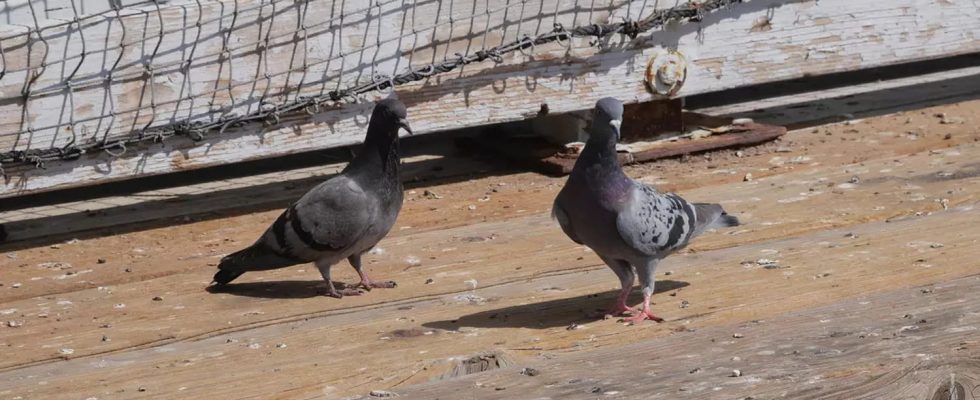Have you ever wondered why we don’t see young pigeons on city streets? Science has answers to explain this phenomenon.
In our cities we see pigeons very often. But still adults. Why do we never see young pigeons, squabs? The answer to this mystery is explained by biologists. According to them, one of the characteristics of Columba livia pigeons, as they are scientifically called, is to hide the young in isolated areas.
Young pigeons tend to stay in the nest for around 40 days. All the while, the young develop their feathers and grow, leaving the nest with coloring similar to that of the adults, except for the absence of colored spots, that purple or greenish sheen that develops over time. At birth, young pigeons are small, blind, weak with yellowish down, changing to gray plumage after 15 days, and having feathers that give the known appearance of pigeons after about 30 days
The species, which maintains a very discreet and almost imperceptible reproductive behavior to humans, has the characteristic of originally building nests in mountainous areas to protect its young. In cities, for example, they often seek refuge in overpasses, holes in concrete, trees in squares and on roofs. Each pigeon clutch has about two eggs.
Young pigeons begin to circulate around the city shortly after leaving the nest and learning to fly, approximately 4 weeks after birth. Initially, they stay near the nest for a few days until they have the ability to fly and reach greater distances. They mix with adults and reach reproductive maturity at 6 months of life, living until about 8 years old.
Only about half of the young reach adulthood, many end up prey for other birds or are involved in accidents such as colliding with windows, mutilating legs and toes in electrical wires, and starving.
During the period in which they remain in the nests, the young pigeons are fed with an energetic mixture containing approximately 35% fat and 60% protein, in addition to vitamins and minerals, which they obtain by inserting their beak into the throat of the pigeon. their parents, unlike other birds which open their beaks and wait to receive regurgitated food from their parents’ stomachs.
